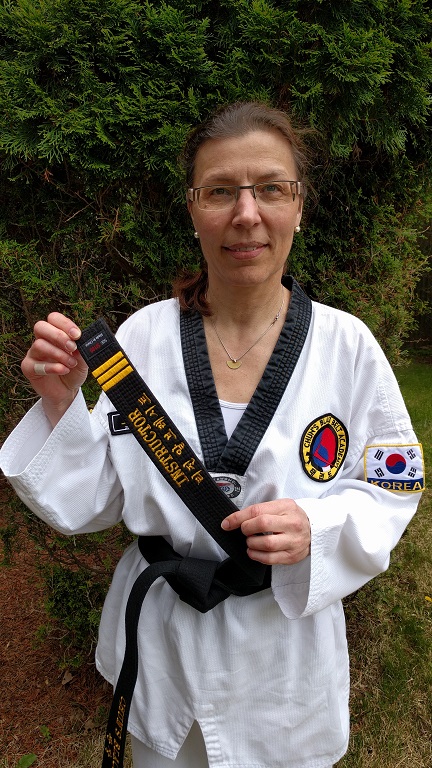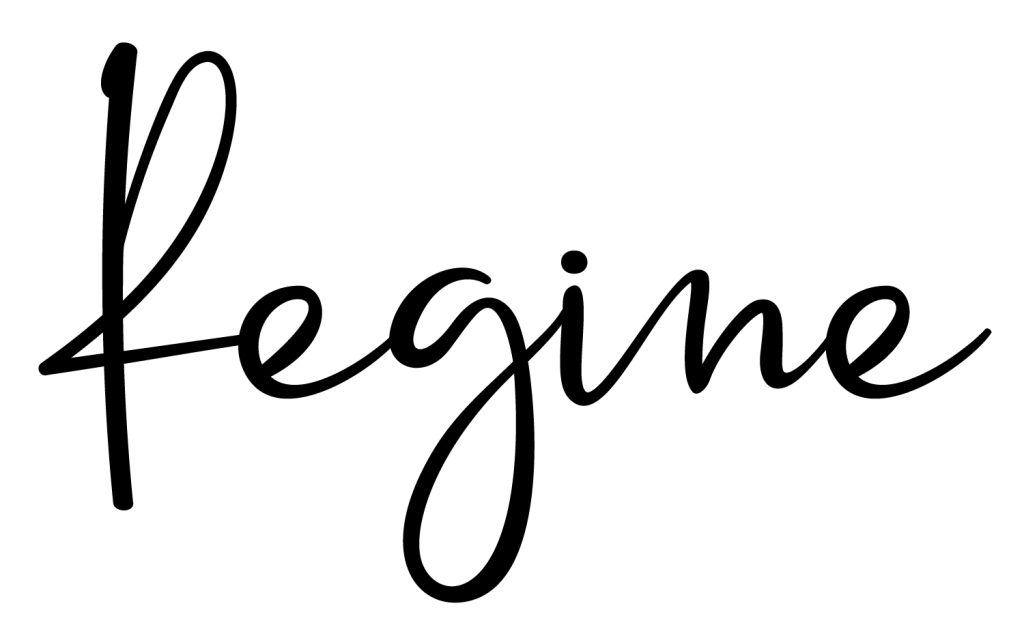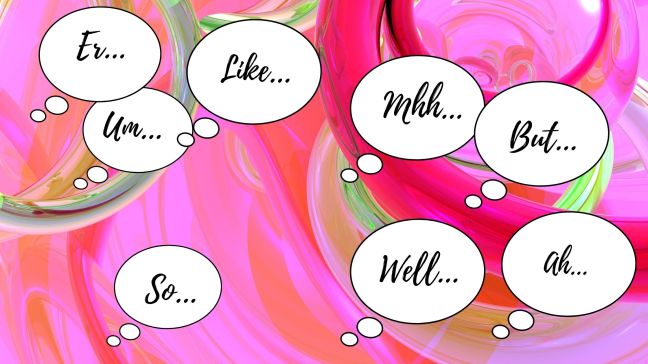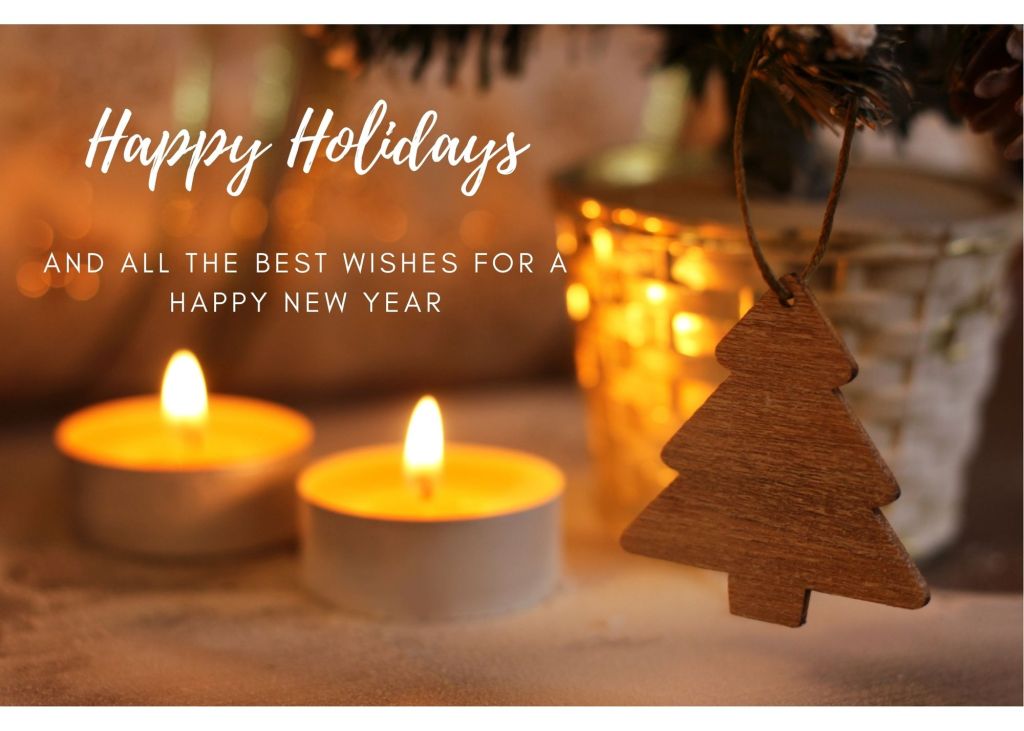Today’s guest blog is from Charlotte Whitehead and explains why the strengths-based approach in work is gaining more and more traction and recognition. This approach is not just applicable in the corporate world, but also in entrepreneurial endeavors and your personal life.

What is ‘strengths development’?
The strengths-based approach to development is increasingly being adopted by businesses and organisations around the world because of the positive impact it has on employee engagement and productivity.
But what makes it so effective?
The primary reason is that instead of identifying and fixing weaknesses, the strengths-based approach focusses on recognizing and developing strengths while managing weaknesses. The aim is to help people do more of what they do best and in so doing, to make the most of our human capacities.
What are ‘strengths’?
Professor Donald Clifton, the educational psychologist who developed the CliftonStrengths assessment, spent decades studying the talents that make people good at what they do. His career was guided by the question: “What would happen if we studied what is right with people?” He defined talents as ‘naturally recurring patterns of thought, feeling, or behaviour that can be productively applied’, and he believed that talents are trait-like ‘raw materials’ that help shape our personality. According to him ‘strengths’ are an extension of talent and innate talent only becomes strength when practised and combined with acquired knowledge and skills. Therefore, he defined ‘strength’ as ‘the ability to consistently provide near-perfect performance in a specific task’. Although labeled CliftonStrengths, the psychometric assessment that arose from Clifton’s research actually measures themes (or categories) of talent. And it’s these talents that serve as the foundation for the development of strengths.
Why working from your strengths is easier?
Working from your strengths involves doing what comes naturally. Let’s take math as an example: you may be naturally good at working with numbers, or naturally bad at it. For me, anything that involves numerical problem-solving makes my brain freeze. In contrast, working with language, aka verbal reasoning, comes easily. That’s what working from our strengths is about. Our talents come easily to us because that’s how we’re wired. If, however, we’re asked to do something that doesn’t draw on our talents, we can feel out of our depth.
Here is a story that illustrates how a client applied her strengths in a not so obvious way:
Sarah, an introvert who hated public speaking, was asked to give a talk at a conference. Initially she was panicked by the idea. She felt she was being asked to do something that wasn’t aligned with her strengths profile. Her strengths included several strategic thinking themes and relationship building themes, but, on the face of it, no influencing themes that might be connected with public speaking. Given that her audience was going to be a group of academics, we discussed how she might use the strengths that she did have to communicate with them in the sort of thoughtful, informed and objective way they’d value, and at the same time draw on her relationship building strengths to tune in and connect with. By reflecting on and applying her strengths, Sarah was able to ground herself. She felt better prepared and more confident which in turn boosted her performance on the day. She reflected afterwards that, surprisingly (to her at least), her talk was one of the best during the event. And yet all she had done was to focus on using her strengths.
How you know if you’re working from your strengths?
Even if you don’t yet know what your talents/strengths are, you will for sure have been using them and will be able to identify times when you’ve performed at your best. These are likely to be occasions when you feel you’ve accomplished something you’re proud of and you found the experience satisfying. Whatever it was, it probably felt meaningful to you in some way, and other people may have shown their appreciation and admiration for what you achieved.
Here are five clues that tell you whether you’re using your strengths:
- Yearning: being naturally drawn to an activity
- Rapid learning: being able to pick up something new both quickly and easily
- Flow: losing track of time and instinctively knowing what to do next
- Glimpse of excellence: recognising you’ve managed to do something really well and thinking to yourself “How did I do that?!”
- Satisfaction: enjoying certain activities so much that you want to do them again
How can you find out about your strengths?
There are a number of psychometric tools that measure talents and strengths, but the most well-known one is CliftonStrengths®.
Before taking any strengths assessment, it’s worth taking some time to identify a few examples of when you’ve accomplished something and reflect on commonalities you see across these activities, for example: organising, listening to people’s problems in a caring and sensitive way, taking charge in challenging situations, seeing patterns, having the confidence to do something that others avoided, etc. What words or phrases can you come up with to describe yourself?
This is a useful first step in discovering and articulating your strengths in your own words. You might then choose to take a strengths assessment in order to gain a more objective insight into what your strengths are.
The CliftonStrengths assessment is reasonably priced and easy to do. You can access it here. The report you get will tell you what your top five strengths are. If you get the Full 34 Theme Sequence report, you’ll receive personalized theme insights, notes on what makes you stand out, ideas for action you can take to start developing your strengths, as well as a wealth of additional information.
Who can help you apply your strengths?
As with all psychometric assessments, you’ll get a lot more out of the report with someone certified in the tool who can help you make sense of it. This is likely to be a coach of some sort, e.g. a business, career, leadership/executive, life, relationship coach, who will guide through a three stage process of Naming, Claiming and Aiming your strengths. You should find a coach who has expertise in the area that you’re seeking to develop. I would recommend checking out the Directory of the Gallup Certified Strengths Coaches. They have all undergone in depth training in this particular tool.
The key thing to keep in mind is that discovering your strengths is not a one-off event. It’s a process that unfolds indefinitely and offers rich insights in all areas of your life. Once you’ve started on that journey and begun to see the benefits, it’s likely you won’t want to stop.
About Charlotte Whitehead
Charlotte lives in the UK and is a Gallup Certified Strengths® coach. In addition, she’s certified in the BP10® assessment (short for: Business Profile 10 assessment). BP10 measures and ranks what one does in an entrepreneurial business builder role. Furthermore, she’s a UK Registered Career Development Professional (aka Career Coach) who specialises in mid-career transition and development. If you would like to discuss your strengths with her, you can arrange a free initial chat to find out more.










